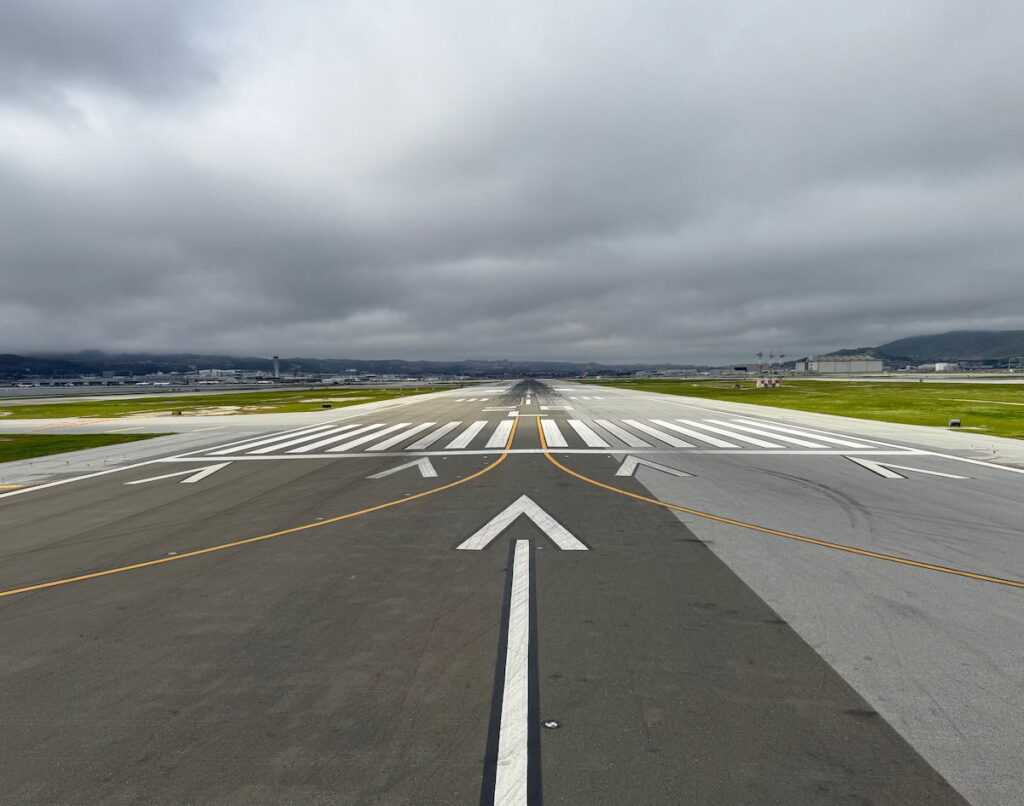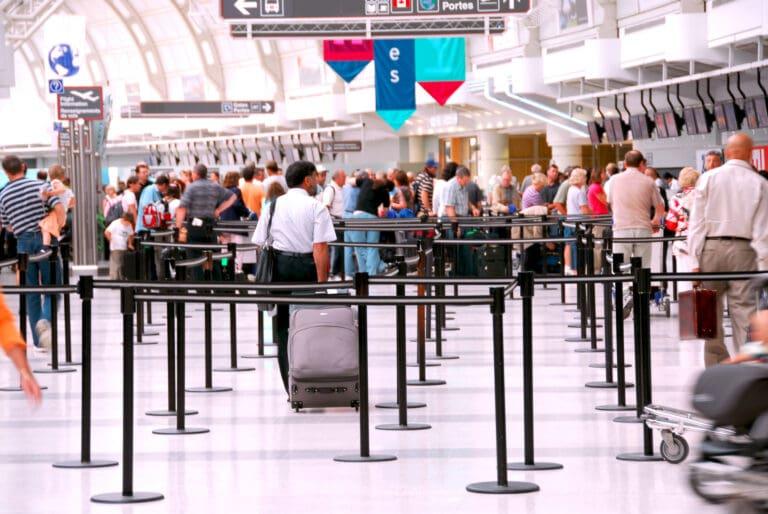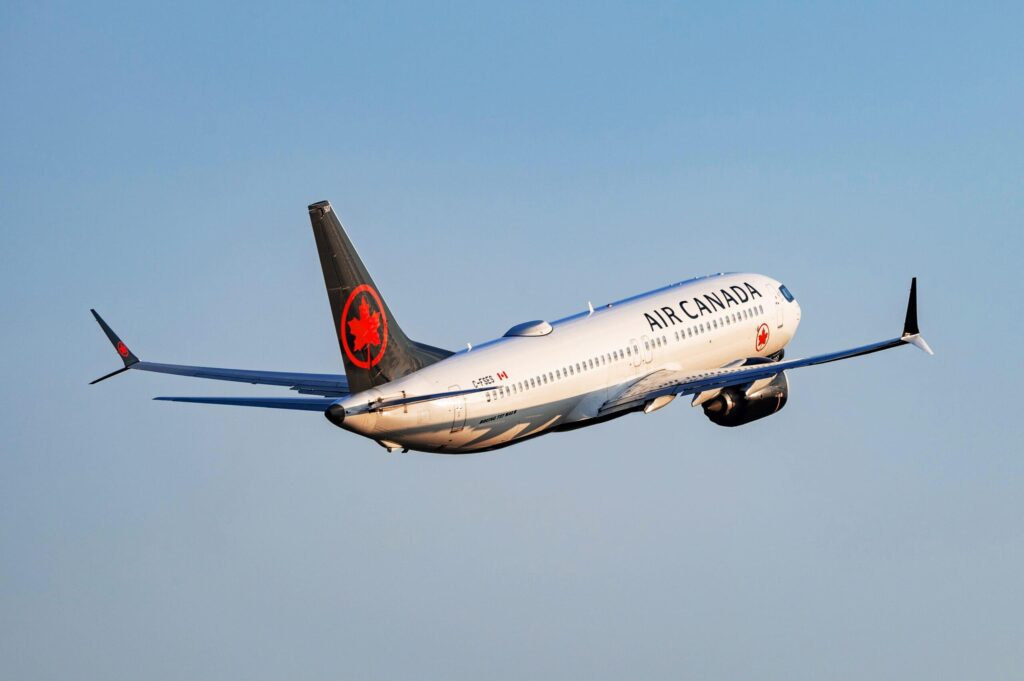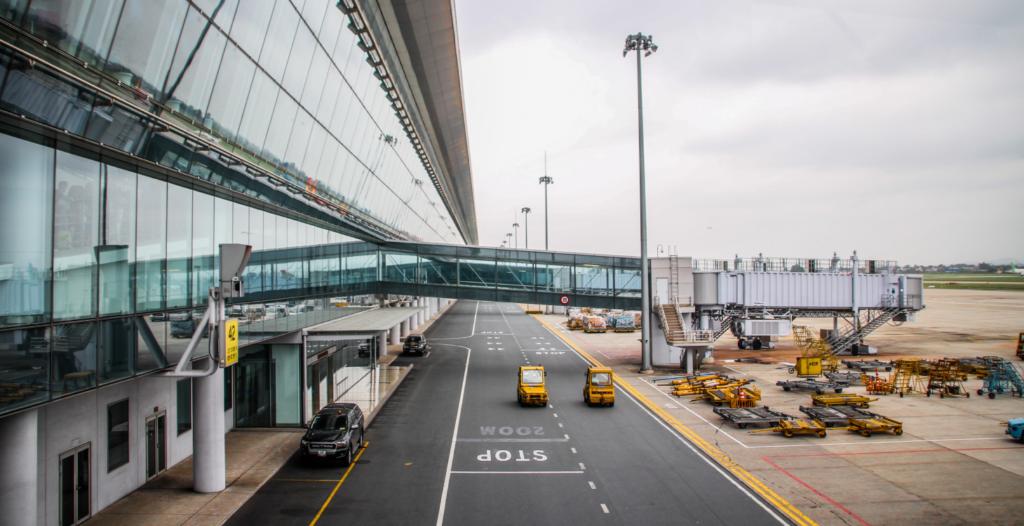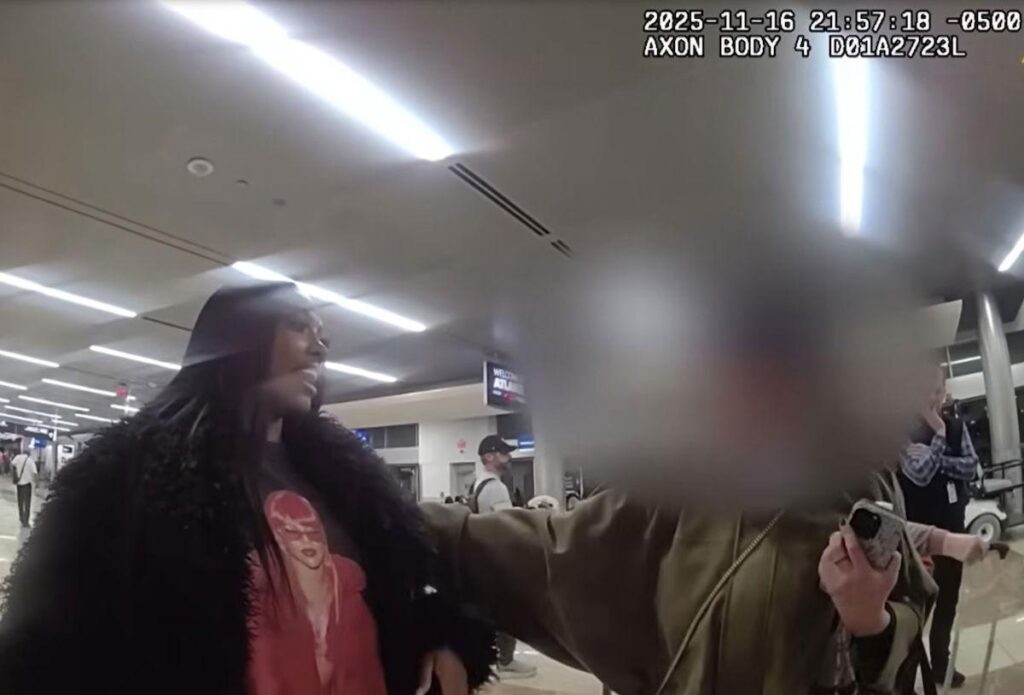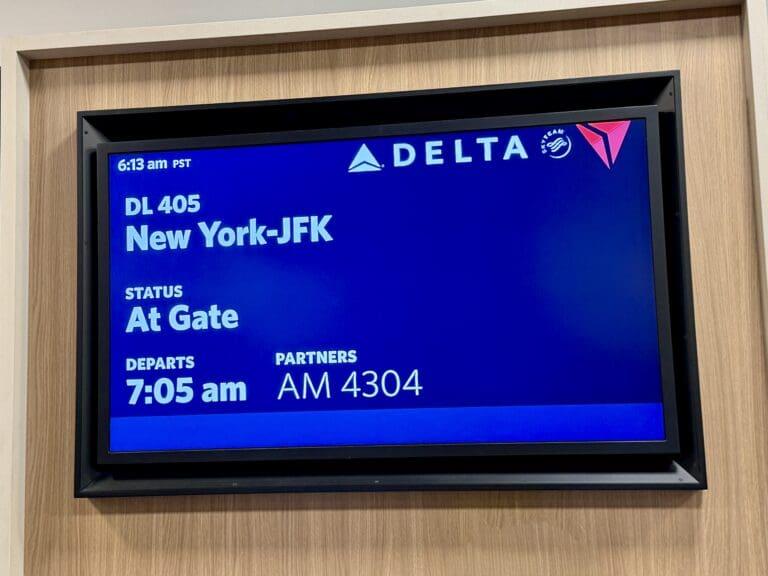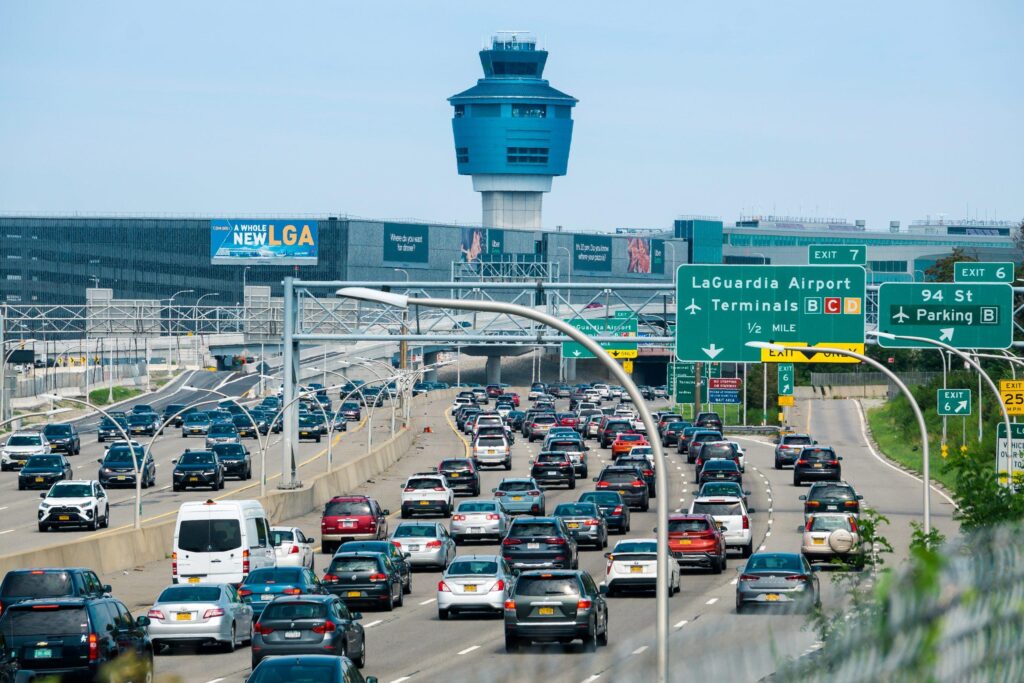
Backpack Or Personal Item? 5 Tips You Need Now
Every time I plan a flight, I find myself double-checking whether my backpack will count as a personal item—or if I need to budget extra for overhead bin space. In my experience, it usually hinges on meeting certain dimensions, understanding those often-overlooked airline guidelines, and doing a bit of strategic packing in advance. A recent survey by the Global Travel Council in 2024 mentioned that nearly 40% of travelers end up paying unexpected baggage fees, so the stakes are high if you get it wrong.
1. What Defines a Personal Item?
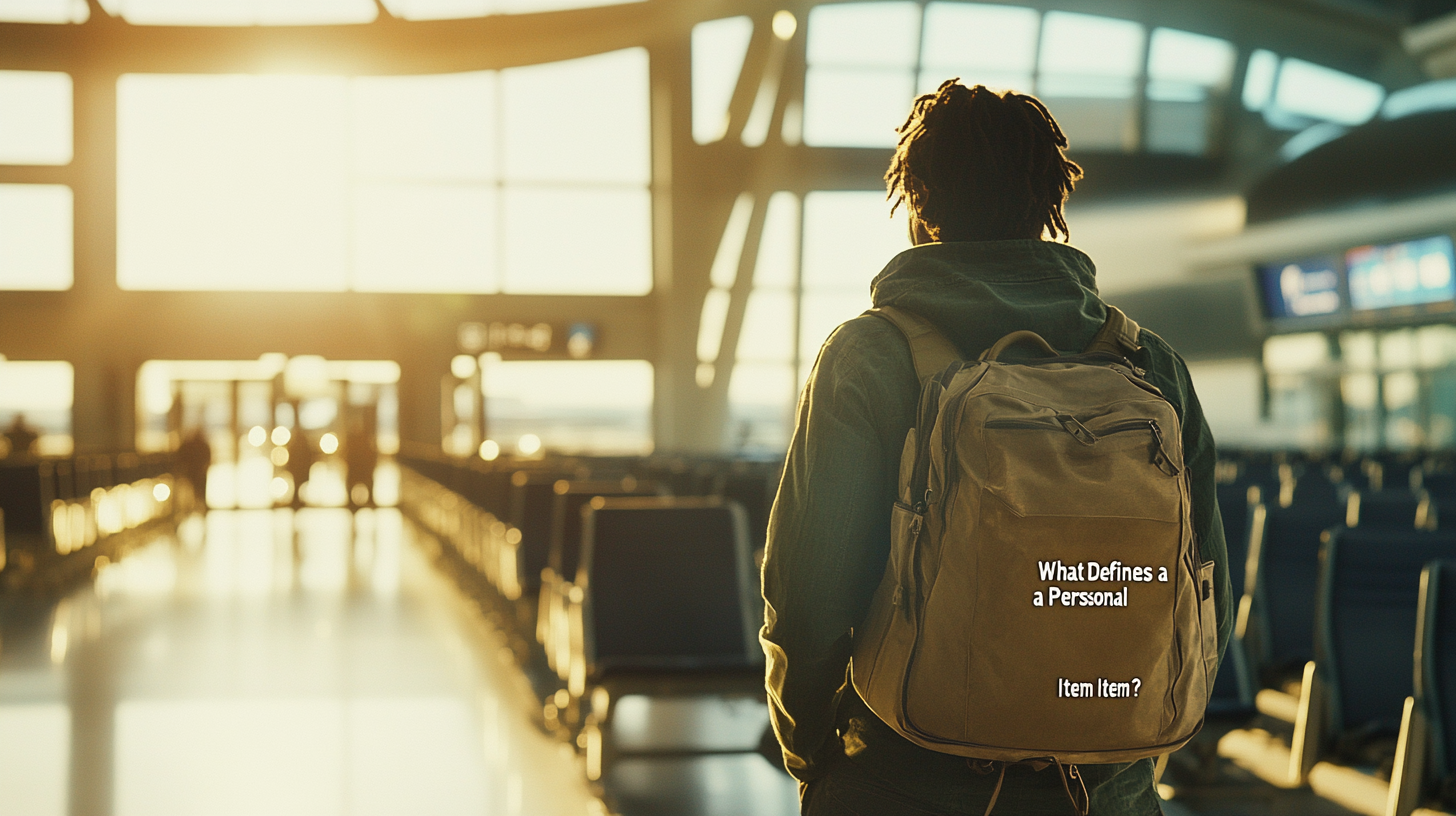
From what I’ve seen, most airlines consider any bag that fits under the seat in front of you to be a personal item—typically around 18×14×8 inches. In my own travels, I’ve noticed that these strict dimensions aren’t just arbitrary numbers; they’re often linked to safety regulations and comfort standards. If your backpack exceeds these measurements, it’s more likely to be classified as a carry-on, which may involve an additional fee if you’re booked under a basic economy fare.
For example, I once flew on a short domestic route only to discover that my slightly overstuffed backpack could no longer slide under the seat. I ended up having to gate-check it at the last minute, which was both a hassle and a potential risk for sensitive electronics. So I always recommend measuring your bag when it’s completely packed—especially if you cram extra souvenirs or gadgets into it—to ensure you’re still within the acceptable limits.
According to industry data from 2023, 35% of travelers bring backpacks as their primary personal item. If you’re in that camp (like me), be mindful of the airline’s specific rules, which vary more than one might think.
2. Airline Policy Variations

Policies change all the time. Major full-service airlines—think Delta, United, or American—often permit larger personal items as long as they fit under the seat without obstructing your comfort or that of fellow passengers. However, I’ve also flown on budget carriers—like Frontier or Spirit—that enforce strict dimension guidelines to a T. I recall one instance when a passenger ahead of me was asked to pop their backpack into the baggage sizer. It fit, but just barely. Had it not, they would have been charged an extra fee on the spot.
Beyond size, certain airlines have different definitions of what counts as a ‘small personal item.’ While most will allow you to stash laptops or cameras in these items, others may require you to designate your laptop bag as your sole personal item. I usually advise checking the official airline website for the most current baggage policies, especially if you’re traveling internationally. Some carriers have separate rules for different regions, which can catch you off-guard if you aren’t prepared.
I’ve also read about carriers that may update their policies seasonally or after industry changes. Inspecting airline updates before you fly is the best way to avoid any day-of-travel surprises.
3. The Difference Between Budget and Full-Service Carriers

Budget carriers are often the trickiest when it comes to baggage. They tend to charge for nearly everything beyond one small personal item. In my experience, if you’re keen on saving big, you need to plan carefully. That typically means investing in an ultra-compact backpack or using vacuum-seal packing cubes so your bag still meets the airline’s personal item dimensions. I once traveled on a budget airline while wearing my heaviest items—like sneakers and a jacket—to lighten my pack. Not the most convenient in hot weather, but it kept me under the size limit.
Full-service airlines, by contrast, usually include at least one carry-on and one personal item for free. However, the perks don’t stop there. With larger overhead bin allowances, you can pack that extra pair of shoes or a thicker laptop sleeve. While these carriers tend to cost more upfront, there’s potential to save on baggage fees in the long run—particularly if you travel multiple times a year. According to a 2025 industry analysis, frequent flyers on full-service carriers saved an average of $75 in baggage fees per round-trip flight compared to those flying budget airlines multiple times in the same year.
When deciding which ticket or airline approach is best, do the math. Sometimes, a slight increase in your base fare can offset the hassle and cost of additional fees.
4. Smart Packing Tips

I’m a firm believer in packing methodically for any flight. If your goal is to pass your backpack off as a personal item, the first step is to avoid overstuffing. Sure, it’s tempting to cram in that extra sweater or new book, but if it disrupts your backpack’s slim profile, you could run into trouble. I’ve found that focusing on multi-purpose items—like shoes that work for both casual and semi-dressy events—helps keep total volume down.
Next, consider the TSA: If you’re traveling with liquids, I’ve observed how pre-check lines move faster when you can easily remove your toiletry bag. Storing liquids, electronics, and other high-security-awareness items near the top of your backpack is a small step that can greatly speed up screening. According to a Transportation Security Administration report from 2024, travelers who placed devices in an accessible compartment saved an average of 30% time at security checkpoints.
When it comes to electronics, I recommend storing them flat and close to your back to keep the weight balanced. This not only saves you from extra chiropractor visits, but also helps your bag maintain a sleek shape. Thicker laptops placed right in the middle can make a normally compact backpack bulge, leading to issues when trying to stow it under the seat.
5. Selecting the Right Backpack
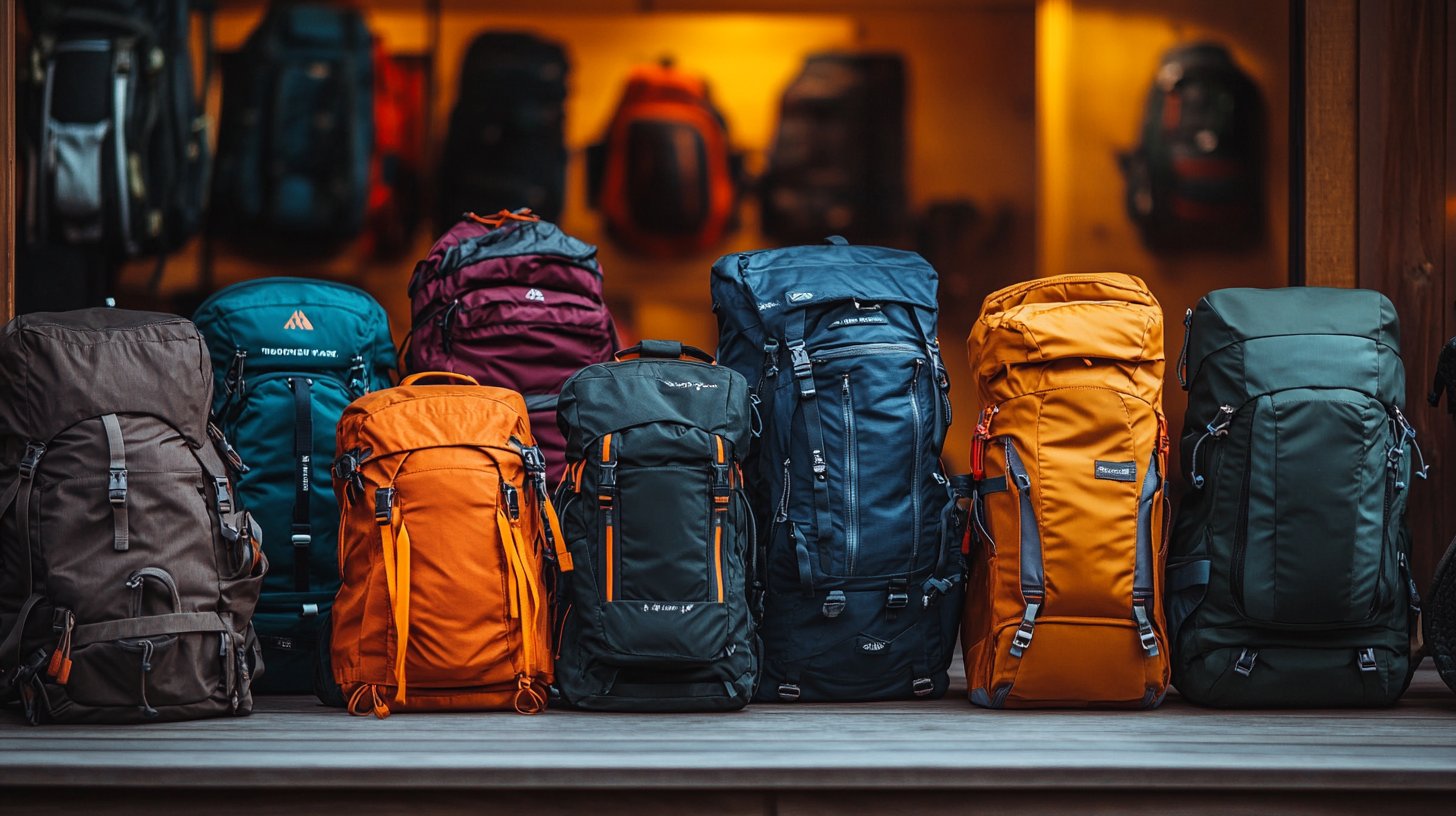
Sometimes, all the packing tips in the world won’t help if your backpack is simply too large to qualify as a personal item. For frequent travelers flying basic economy, an investment in a backpack specifically designed with airline dimensions in mind is one of the best decisions you can make. After trial and error, I settled on a model that stands around 17 inches tall and 12 inches wide—just enough for my tablet, a change of clothes, and some necessities. It has served me well on short-haul trips, saving me from last-minute headaches and baggage charges.
If you’re traveling with valuables—like cameras, passports, or essential work documents—it’s often safest to keep them in your personal item instead of your larger carry-on. I once had my carry-on bag gate-checked due to lack of overhead bin space, and it was a relief knowing my laptop and cameras were still under my seat. Even if your larger bag goes into the hold, your personal item always remains with you, giving you peace of mind. Keep an eye out for sales; I’ve seen up to 10% off promotions from reputable backpack brands, which can make a big difference if you’re planning to travel multiple times a year.
Finally, read product reviews or check travel forums before making a purchase. Other travelers often share which backpacks airlines accept without fuss, saving you from potential surprises at the gate.
Final Thoughts
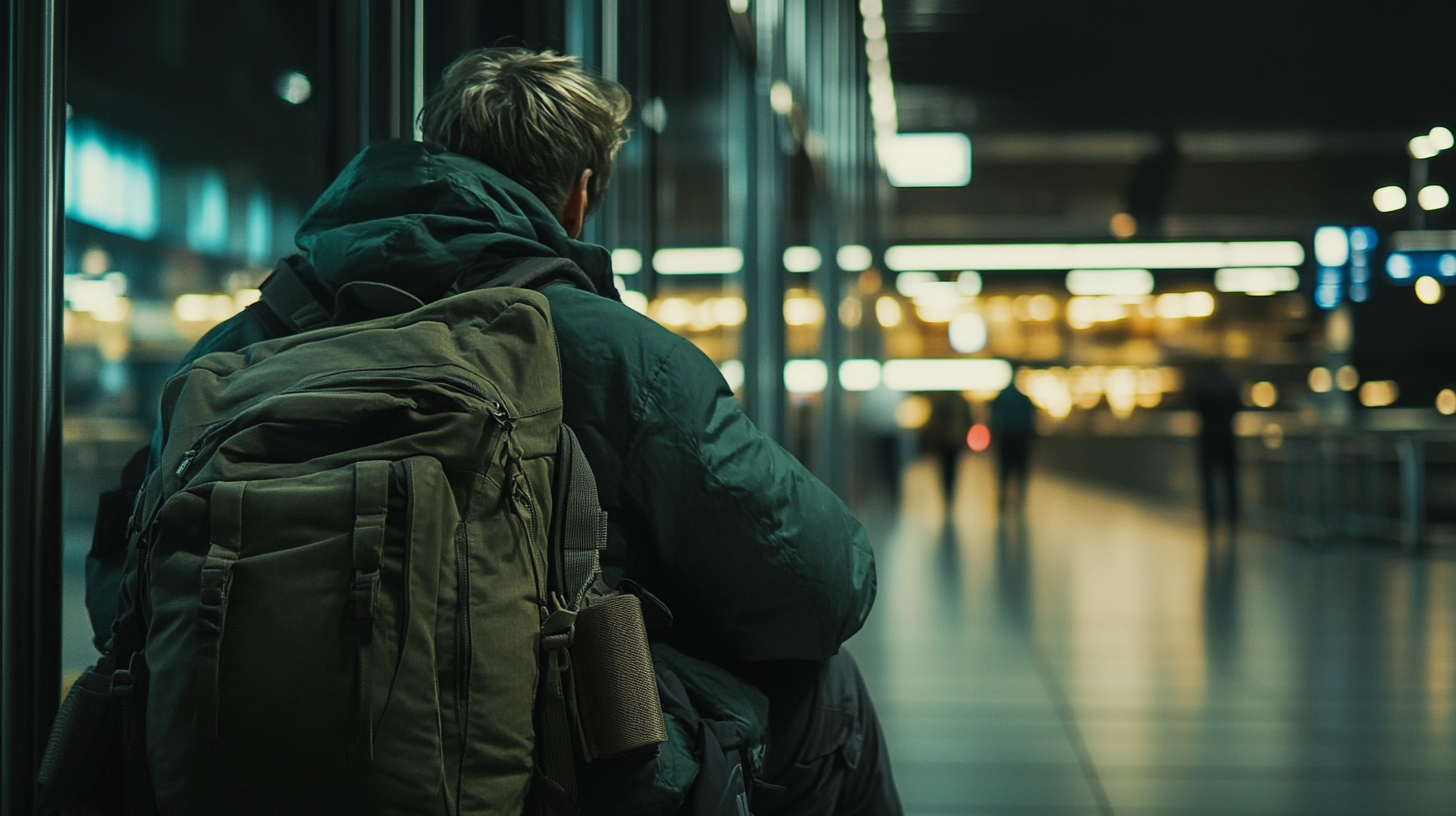
Navigating airline baggage rules doesn’t have to be a guessing game. With a little preparation—measuring your backpack, checking specific airline guidelines, and refining your packing strategy—you can breeze through the boarding process without those frustrating last-minute fees. As years of travel have taught me, knowledge truly is power when it comes to baggage, so it pays to stay updated on ever-evolving airline policies.
Remember, being mindful of other passengers’ space and comfort also goes a long way. Nobody likes having to wrestle with an oversized backpack—especially not the flight attendant tasked with making the final call. By adhering to current dimensions and smart travel tips, you’ll help maintain a hassle-free experience for everyone on board.
Brad Lightall’s Take
From my perspective, your backpack can be your best friend or your worst enemy when traveling. If you treat it like an organized extension of yourself, it will never lead you astray. Overstuff it or ignore dimension rules, and you’ll quickly discover airline policies are more rigid than you’d hope.
That’s why I’m a true believer in the idea that less is more. Traveling light ensures you’re mobile, flexible, and ready for the unexpected. After all, the goal is to roam freely—backpack in tow—without being bogged down by extra baggage fees or stress.
Check out more travel tips and insights with us at BoardingArea for more.
- For frequent flyers on American Airlines, understanding the nuances of basic economy can be crucial; check out American Airlines Basic Economy: Key Insights for Frequent Flyers for essential insights.
- If you’re undecided between Delta’s basic and main cabin options, Choosing Between Delta Basic And Main: What’s Best For You? can help you make the best choice for your travel needs.
- Looking to streamline your holiday travel? Discover Carry-Ons That Will Make Holiday Travel Easier For You for carry-on options that promise to make your journey smoother.
- For those planning to combine air and sea travel, Navigating Air and Sea: A Frequent Flyer’s Cruise Packing Checklist offers a packing checklist that will ensure a seamless transition.
- If you’re a first-time traveler looking for guidance, Travel Tips for First-Time Travelers: Your Ultimate Guide to a Smooth Journey provides the ultimate tips for a smooth and enjoyable journey.


